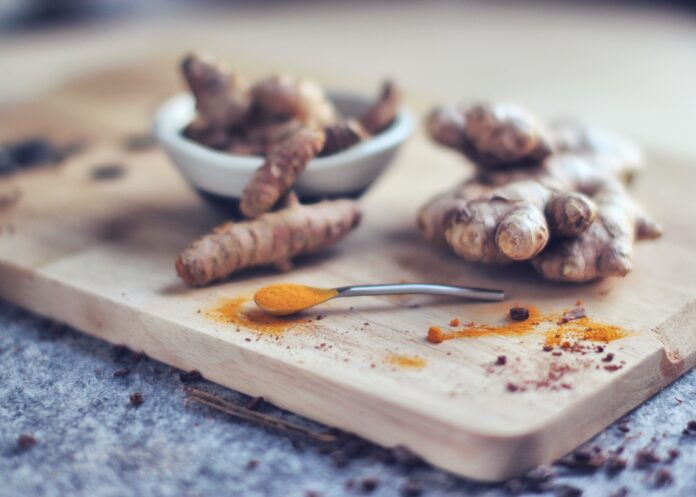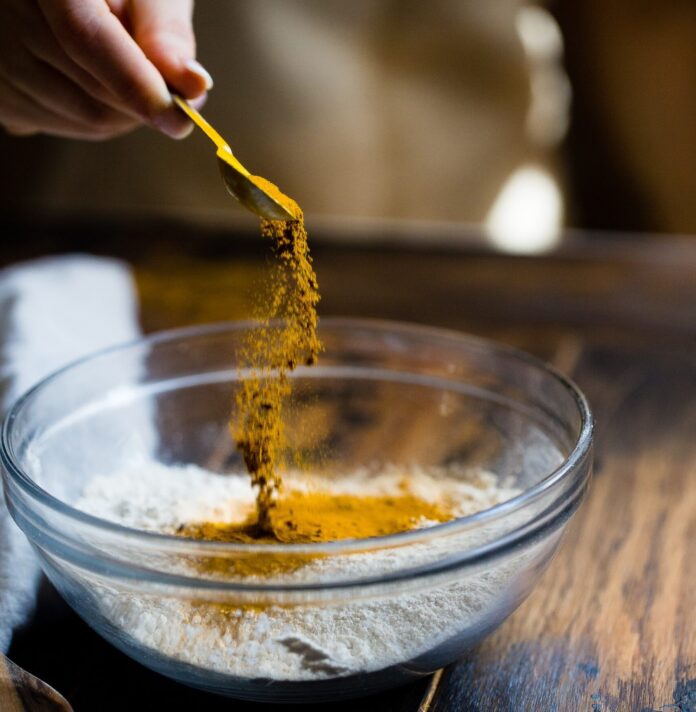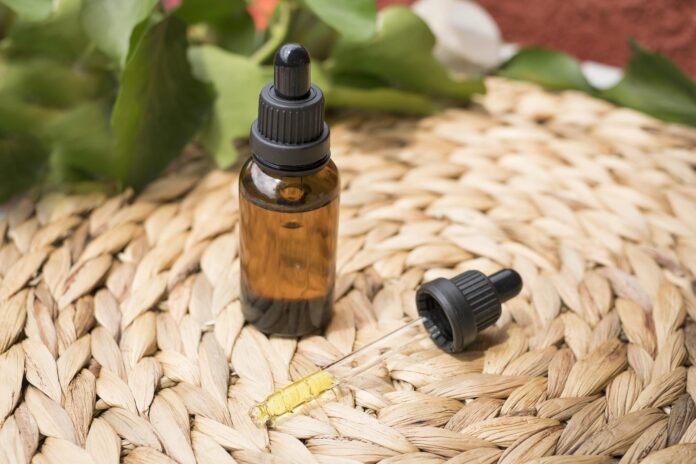People suffering from various pains want a remedy that can provide quick relief. Unfortunately, many prescription medications can cause dependency with severe side effects. Therefore, many people try natural and alternative therapies to get relief from their painful conditions.
We lack conclusive scientific research, but some evidence points out that some options can help, and many people find them useful. The primary appeal of natural supplements lies in their potential to deliver relief without any side effects associated with prescription drugs.
1. Cloves

Cloves traditionally were used as a home remedy to relieve pain from toothache. The scientific research also suggests cloves are effective in providing pain relief. A 2006 study found clove gel delivers effects similar to benzocaine gel – a gel doctors apply to reduce needle pain.
The researchers placed clove gel, benzocaine gel, or placebo inside the participants’ mouths. The subjects reported a reduction in pain with clove gel and benzocaine gel but not with a placebo.
But we know less about how effective cloves could relieve other sorts of pain. More research can shed light on the pain relief potential of cloves.
The preliminary research shows this natural herb boasts anti-oxidant, anti-fungal, and antiviral properties.
2. Ginger

Ginger, also known as Zingiber Officinale, is a root widely used as a natural pain reliever. A 2015 systematic review noted taking 2 grams of ginger per day resulted in modest pain relief from resistance exercise and running when people ingested it for at least five days. The researchers also suggest that ginger plays a crucial role in recovering the body to a normal state after exercise.
There are multiple ways to include ginger into your daily diets, such as raw ginger and smoothies to teas. You can also use ginger supplements available in stores and online. However, the best way to benefit from the natural goodness is to use fresh ginger.
Consulting your physician before taking a new supplement can help you avoid possible side effects. Dietary supplements may interact with existing medications to create complications.
3. Feverfew

Feverfew, or featherfew or bachelor’s buttons, is a medicinal plant with numerous therapeutic properties. Traditionally, people used this plant to treat fever, migraine headaches, rheumatoid arthritis, toothaches, and stomachs. It is also considered a natural breast milk booster.
The active compounds of feverfew include sesquiterpene lactones and flavonoids that may help reduce muscle spasms and other physical conditions.
The herb also provides effective pain relief from migraine headaches. However, American Migraine Foundation notes there are mixed results about the effectiveness of feverfew in relieving migraines, but the plant may help prevent this debilitating pain.
A 2011 Research Review found feverfew flowers and leaves possess analgesic or pain-relieving properties.
However, using feverfew for medicinal purposes is not without side effects. The knowledge of side effects may help you to get maximum from taking this natural herb to relieve pain. The possible side effects may include abdominal pain, nausea, vomiting, and increased risk of bleeding. It is critical to talk to your doctor before trying feverfew for pain relief.
4. Turmeric

Turmeric, a spice commonly found in home pantries, boasts multiple health and wellness benefits. It is common belief turmeric is one of the most effective nutritional supplements to enjoy numerous beneficial effects.
The herb has been used as a spice and medicine in several parts of the world, especially in India. Now scientific research also started backing up the traditional claims of its medicinal properties.
The scientific evidence also shows this natural herb has incredible benefits for your body and brain. Many of these benefits result from an active ingredient, curcumin.
A 2014 small-scale study found curcumin extract provides pain relief similar to ibuprofen for pain management for knee osteoarthritis. High doses of turmeric can produce anti-oxidant and anti-inflammatory effects, which play a critical role in pain management.
These properties allow turmeric to deliver incredible pain relief. You can incorporate this herb into your daily wellness routine to get pain relief without side effects.
As mentioned earlier, the effective compound responsible for the therapeutic properties of turmeric is curcumin. The concentration of this compound is not very high, and you can only get 3% of it by weight.
Several scientific studies on this herb use curcumin extract, with daily dosages exceeding 1 gram. It would be hard to attain that quantity of the compound by using turmeric as a spice in your foods. Taking supplements can prove your best bet to get a sufficient amount of active ingredient – curcumin.
5. CBD

CBD, also known as cannabidiol, is a cannabinoid that occurs naturally in the cannabis plant. It is one of the over 100 identified cannabinoids found in the cannabis plant and accounts for up to 40% of the plant extract.
The compound is famous for its natural pain relief properties. People wary of the side effects of prescription drugs try to get relief from natural painkillers. Many of them try CBD oil for pain.
A 2020 review suggests CBD could provide relief from chronic pain, improve sleep, and reduce inflammation, but these effects are condition-specific. More research is needed to explore the pain-relieving potential of this compound and determine safe and effective dosages for pain.
On the other hand, numerous anecdotal accounts reveal CBD help with the pain. The media reports several stories where people got rid of their chronic pain after using this cannabis-extracted compound. That is the reason many people are turning to CBD oil for pain management.
You can use CBD in multiple ways to benefit from its natural painkilling potential, such as CBD gummiesand CBD oils. CBD gummies found here offer a convenient and flavorful way to enjoy the therapeutic and wellness benefits of CBD. However, many people wonder how to use CBD gummies for pain?
CBD gummies are delicious snacks infused with Cannabidiol. They come in a pre-determined quantity of CBD that makes dosing easier.
To begin with, you can take one or a half gummy, but later on, you can increase or decrease your dose depending upon the effects and your tolerance level.
The effect of gummies takes time to kick in, and you need to exercise restraint before taking the next dose. Once the effects of CBD gummies hit you, they will persist longer. It means CBD gummies provide more effective pain control than other CBD forms.







